ISSN ONLINE(2319-8753)PRINT(2347-6710)
ISSN ONLINE(2319-8753)PRINT(2347-6710)
Hery Andrianiaina1*, Heinz Rongen2, Raoelina Andriambololona3, Gérard Rambolamanana4, Jean-Baptiste Ratongasoandrazana5
*Corresponding author |
| Related article at Pubmed, Scholar Google |
Visit for more related articles at International Journal of Innovative Research in Science, Engineering and Technology
Instrumentation for nuclear applications is developing very fast, due to fast changing of technology in electronics in connection to Moore’s Prediction (“doubling of transistor density integration on an IC for every two years”). The maintenance concept has changed accordingly and moved from repairing at electronic component level to software solving approach, which leads to customize application to fit the local needs. Therefore, Madagascar-INSTN has developed some R&D projects in instrumentation to support and fit to the local needs: one example is the FPGAbased Multi-Input Multi-Channel Analyzer using the UNIO52 standard board from Jülich, which could be used to strengthen the capability and speed-up the routine for radionuclide measurement and analysis of samples. The test results of the MIMCA performance (Linearity, Count-rate accuracy tests) show that the configurable digital system can be used as an alternative issue compared to branded acquisition equipments, which are very expensive and limited technical support from supplier
Keywords |
| Pulse Height Analysis, ADC, Multi-Channel Analyzer, FPGA, MIMCA. |
INTRODUCTION |
| According to the By-law n° 3961/93, all foodstuffs must be controlled by the Madagascar-INSTN, and must have a non-radioactive certificate, prior to the selling. In that case, the level of radioactivity, especially for artificial radionuclide, must be below the legally accepted values. The INSTN has set up an agreement with the Trade Ministry, from January 1997 regarding the implementation of the regulation. |
| Mainly the rate of radioactive contaminating element is very low; therefore the sample analysis needs a long time for measurement. As a matter of business, customers need to have their certificate to be delivered as rapid as possible, to allow fast clearance of their goods. Using a multiple set of equipments would need more investment and would cost a lot in case of dedicated and branded instruments (Germanium detector with thick lead shield coupled with MCA). This paper shows the use of a low-cost universal acquisition board to build a Multi-Channel Analyzer with multi-inputs to monitor in parallel up to four samples. |
RELATED WORK |
| In 1965 Moore argument that integrated circuits would dominate the industry of electronics because of gain entailed (cost and performance) due to continued miniaturization in the technology of silicon planar integrated circuits. [1]. Nowadays it is possible to integrate and configure more complex electronic circuitries on a chip with software, such as with FPGA. |
| In the meantime associated electronics used for gamma spectrometry system have been gradually improved from simple counter, to single channel analyser (SCA), and to multichannel analyser (MCA). |
| The MCA has also been improved throughout the years, from the conventional single-package MCA to the computercontrolled MCA. Most of the MCA systems today use computers to control the spectroscopy hardware and to emulate the functions of the MCAs [2]. |
| EG&G Ortec introduce in late 1996 a digital gamma-ray spectrometer (DSPec) which uses digital technology to process with the pulses from preamplifier and become the way of future gamma-ray spectroscopy. The energy resolution with DSPec has been shown to be about the same as that using analog processing technology with the NIM system [3]. The resolution and throughput performance of the three DSP systems are much better than those of the analog NIM system [4] |
| Any DSP system is associated with one FPGA family, such as from Xilinx. The UNIO52 board is using Xilinx XC2S150 as FPGA chip, MCA implementation and performance of which were studied and are shown in this paper. |
FPGA-BASED MULTI-CHANNEL ANALYZER |
1. Multi-Channel Analyzer (MCA) |
| There are various methods of measuring amplitude of pulses depending of the application, but single channel analysis (SCA) and multi-channel analysis (MCA) methods are mostly used. |
| Single Channel Analyzer (SCA) is used for counting the number of incoming radiation at selected energy range [5], with two adjustable levels. Only pulses with amplitude falling in between the two levels are counted. Input pulses are observed by two discriminators set at LL (Lower Level) and UL (Upper Level) respectively. MCA method has to be used to have the distribution of pulse heights. |
| Due to the rapid development and integration, applied in electronic technology, FPGAs (Field Programmable Gate Array) are utilized in many applications to control or to process signals, and are nowadays used in most of nuclear instruments. FPGAs are semiconductor devices containing programmable logic and programmable interconnects. |
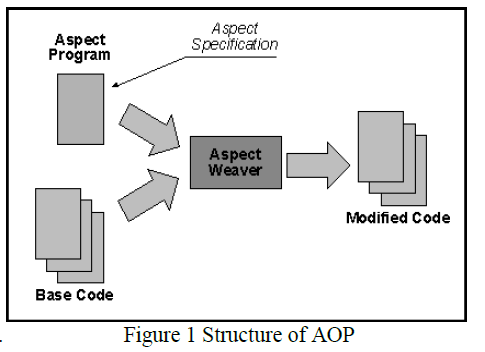 |
| Fig.1 shows an example of refurbishing (miniaturization and digitization) older MCA system with many discrete components and boards, using tiny board with single FPGA, which is integrating all needed hardware to emulate the MCA function. |
2. FPGA-based Pulse Height Analysis (PHA) system |
| For MCA application, the Pulse Height Analysis (PHA) algorithm has to be described in VHDL and the configuration file has to load into the FPGA. The principle and algorithm of Pulse Height Analysis (PHA) is explained with Fig.2, which is based on sampling the current input signal from the ADC until it reaches values greater than the programmed Lower Level (sMcaLL). |
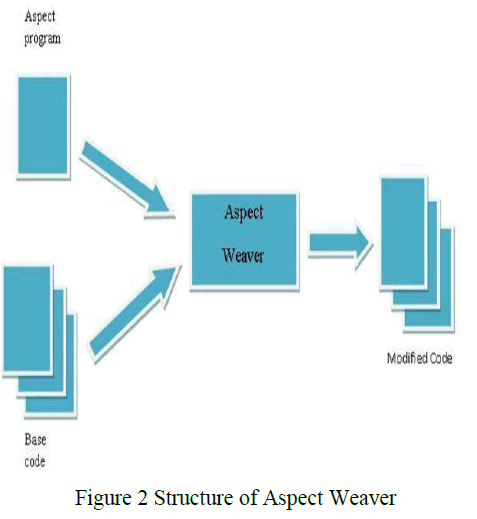 |
| The sampling of input data signal is continuing until the signals goes lower than Lowest Lower Level reference value (sMcaLLL) or the number of sampled points is more than sMaxPulsLen [6]. During the pulse sampling, the FPGA always compares the current value (sMcaPeak) against the last value and holds in a register the maximum of the values (sMcaPeakMax). So after the signal goes lower than Lowest Lower Level this register holds the Pulse maximum. The registered pulse maximum is now compared with Upper Level (sMcaUL). In the case the pulse maximum is greater than Upper Level or the registered pulse length exceeds the maximum length, the pulse will be discarded; if not, an Interrupt for the microcontroller is generated so that the μC can readout the Event-Maximum. |
THE MULTI-INPUT MULTI-CHANNEL ANALYZER |
| The system is based on the universal data-acquisition board UNIO52 and LabVIEW graphical programming language for the programming of the application software. |
A. Configuration of MIMCA onto UNIO52 FPGA board |
| The UnIO52 board (see Fig.3) was developed as a universal data-acquisition and processing board and can be used in nuclear instrumentation applications. |
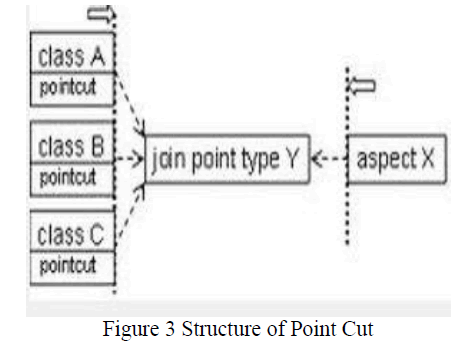 |
| The UnIO52 board consists of a fast ADC, a powerful FPGA and a USB microcontroller to establish the communication with the PC, as shown in the following block diagram. |
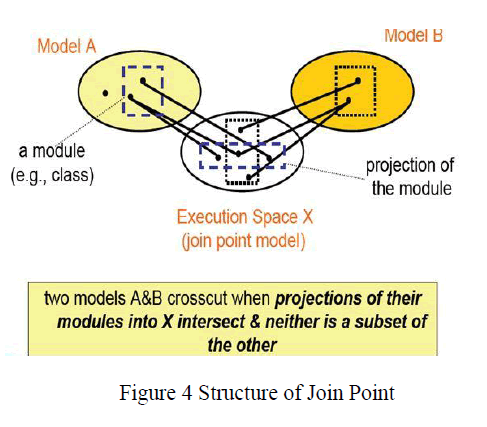 |
| All these components are programmable by the user. Therefore this is an ideal platform for the development of a dedicated instrument. |
| Logic blocks have also been configured to perform drift control due to voltage or temperature shifting and other complex digital functions such as a peak finder (needed in nuclear instruments) and mathematical functions. |
B. The MIMCA complete system |
| The firmware application code for the ezUSB controller board was developed with Keil C-compiler. The host PC software was designed in the sense that there is a central control for the 4 MCA channel for setting the threshold levels, starting, stopping, clearing the MCA, etc. |
| Configured UNIO52 boards are assembled in a small 19” Rack, together with 5Volt power supply. In Fig.5, one can see both USB cables which are fed via a USB hub as one single connection to the PC. The two analog inputs are connected by BNC cables. In the background the nuclear test pulser and a detector system can be seen. |
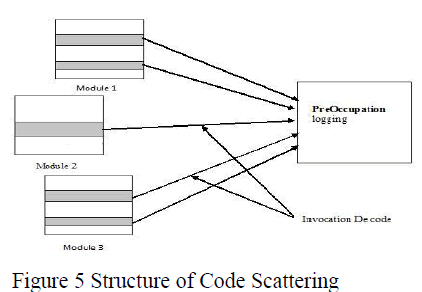 |
| The 4 spectra’s are shown in 4 graphs which placed in a tab control. By clicking on the “MCA Selection” one of the 4 tabs are selected to show the spectra of the according MCA channel. The MCA’s have a resolution of 1024 channels which were tested with a nuclear pulser. Collected data can be stored to hard disc and can be read by other computing or visualization software such as Matlab and Excel. |
EXPERIMENTAL RESULTS |
| Digitized spectrum data are stored and incremented periodically inside memory of the UNIO52 board. For further processing (such as peak search), data have to be download into the PC RAM. |
A. Automatic Peak Search |
| An algorithm to latch “Previous integral spectrum” and subtract it from the “new integral spectrum” is implemented with the analyzing software tools. This is to isolate “actual spectrum” from the “integral spectrum”, and will give information about peak channel shifting depending on the amplitude of the analog input signal, according to the algorithm in Fig.6. |
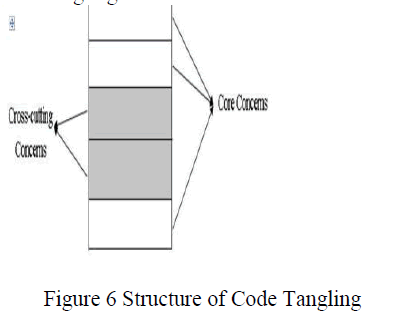 |
| This “Automatic Peak Search” function is useful for linearity testing and resolution measurement of the system. |
B. Linearity and Accuracy |
| The main part of a Multi-Channel Analyzer system (MCA), which makes possible the dialogue between the real world of analog quantities (charges released by detector) and digital electronic system is the ADC. The analog-to-digital conversion (ADC) consists of subdividing the input signal range (between VMIN and MAX V ) into N equal parts (ideal ADC), and assigning the input signal amplitude Vi to a channel. |
1. Linearity |
| a) Integral Non-Linearity (INL) |
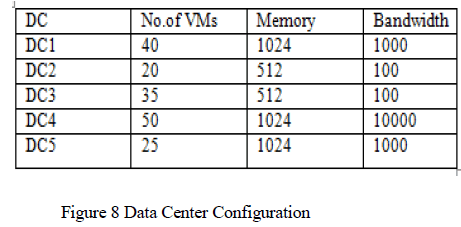 |
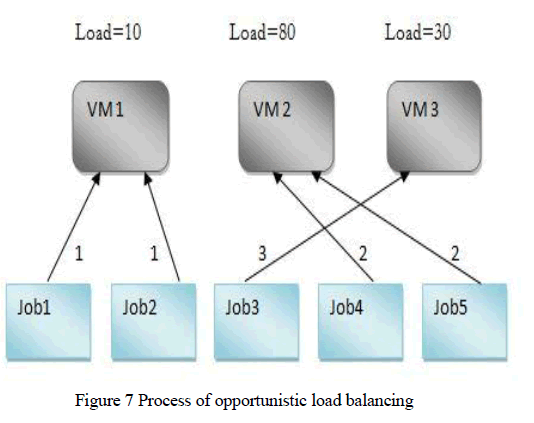 |
| The hardware setting up for DNL testing is shown in Fig.8, and configured as follows: |
| • Period of ramp generator set to 50sec |
| • Pulse generator switched to external reference source, repetition rate to 10kHz |
| • Shaping time of 1μs for the amplifier |
| Collecting counts over a long period of time (sufficient so that statistical fluctuation can be neglected to the measurement of channel profile), would result uniform and flat distribution of counts in all channels for linear system. Deviation from that uniformity, measures the DNL (expressed in percent) of the MIMCA: |
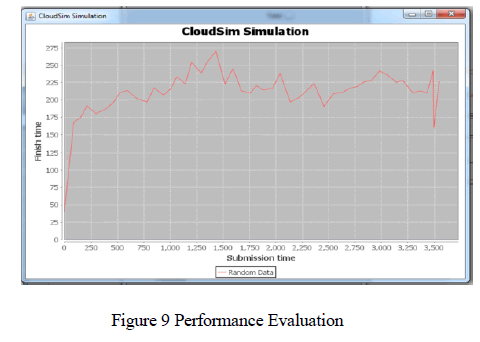 |
| The Trigger output of the Random Pulse Generator is also connected to a Counter/Timer (CANBERRA model 1776) to serve as reference. |
| Peak channel of the generated pulse resolved by the MIMCA and function of its count rate is registered, and presented in the following table |
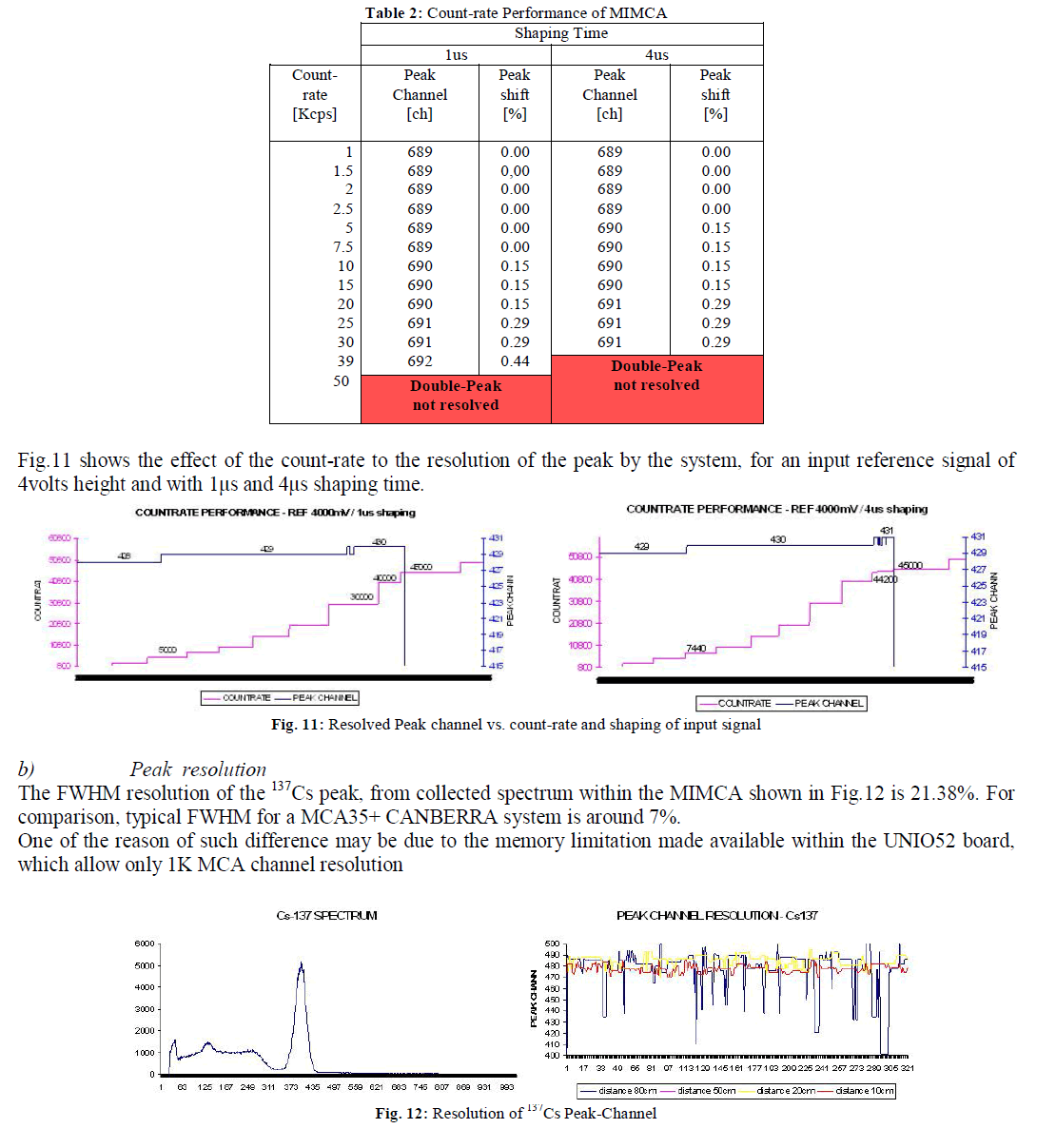 |
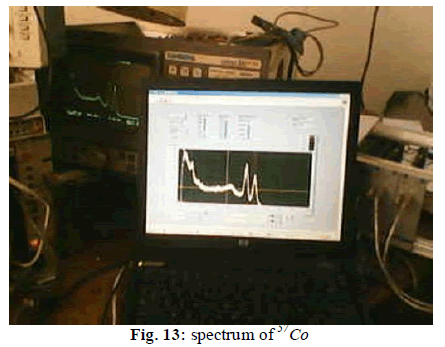 |
CONCLUSIONS |
| • The performance test results show that the built MIMCA (Multi-input MCA) system can used to replace and refurbish dedicated, but expensive Multi-Channel Analyzer. |
| • The peak resolution within the MIMCA system (21.38% for 137Cs peak) seems to be worse if compared of those of CANBERRA’s (typical FWHM for a MCA35+ CANBERRA system is around 7 %). But the system performance is very sufficient for qualitative analysis of sample. |
| • Some blocks are still needed to be configured into the UNIO52 board to get full functions of a MCA (Pile-up rejection and dead time correction). Other research projects are scheduled to be done in order to use the development system in nuclear instrumentation improvement (FWHM with low cost spectrometry system). |
ACKNOWLEDGEMENT |
| Authors wish to extend their great appreciation to: |
| • The INSTN-Madagascar for setting up the program on refurbishment of scientific equipments, and which gives results to the present work, |
| • The International Atomic Energy Agency (IAEA-Vienna) for the technical assistance offered through the project MAG/4/004, and supporting with equipments, kits, fellowships and expert missions. |
References |
|